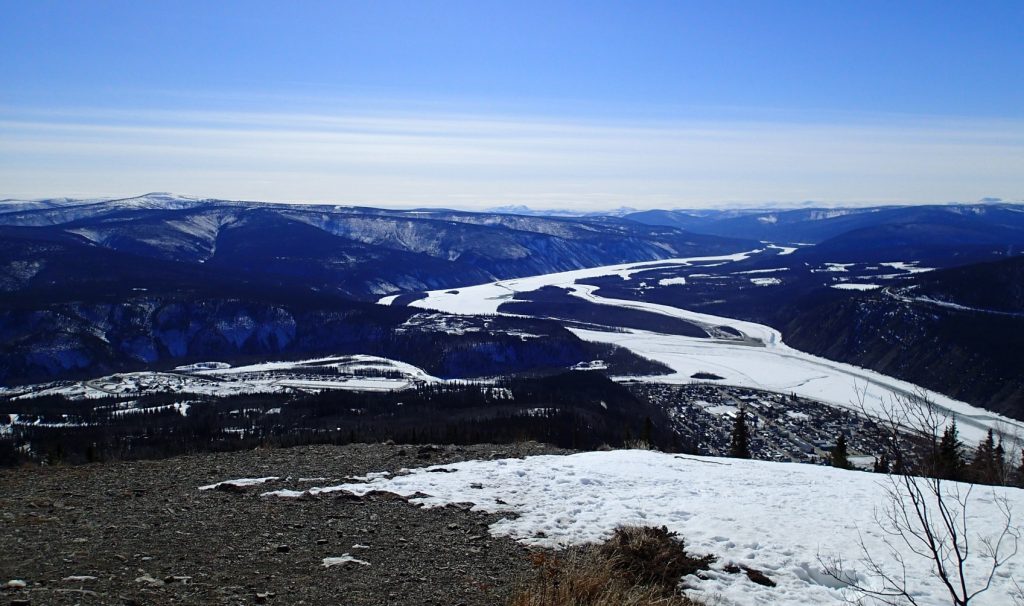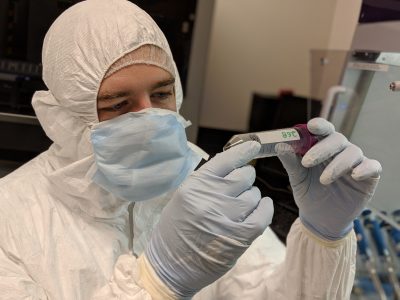Even microbes felt the impact of ancient climate transitions, McMaster DNA researchers find

Scientists in McMaster’s Ancient DNA Centre made the discovery while examining data from previous research in what is present-day Yukon. (Photo by Tyler Murchie)
December 11, 2023
Researchers at McMaster have traced the impacts of ancient ecological transitions right down to the microbial level, finding even bacteria and single-celled organisms changed as the climate around them shifted at the end of the last ice age.
Scientists in McMaster’s Ancient DNA Centre made the discovery while examining data from previous research that helped construct an advanced picture of environments that existed during the Pleistocene-Holocene transition about 11,000 years ago.

When examining soil samples for the ancient DNA of microbial species, the researchers observed that a clear change in the mix of bacteria-like organisms called prokaryotes had occurred more than 13,000 years ago when the Mammoth-Steppe, a monolithic and fertile grassland-tundra ecosystem, collapsed in what is present-day Yukon, Canada.
“There was a complete community shift, with many organisms decreasing or increasing in abundance, some disappearing completely and new ones arriving,” says Tyler Murchie, lead author of a new paper based on the findings.
Murchie completed the work while a postdoctoral researcher in McMaster’s Department of Anthropology and is now a scientist at BC’s Hakai Institute, a non-profit research institute specializing in long-term ecological science.
“This shows that the Pleistocene-Holocene transition affected everything in the ecosystem, down to microbes in the soil. It wasn’t an ecological change that just affected large animals, like woolly mammoths, and grasses and trees,” he says.
The study’s co-authors include McMaster Ancient DNA Lab director Hendrik Poinar. It was published in the latest issue of the journal Environmental DNA.
Murchie says some types of microbes linked to the droppings of large megafauna such as woolly mammoths vanished during the Holocene transition.
“Some microbes essentially disappeared from the region because they were tightly associated with the presence of mammoths, horses and bison,” he says. “In the data we see that organisms called archaea associated with breaking down megafaunal waste, shifted to other species that are more associated with woody plants and wetter soils.”
While the study looks at the transition from a climate epoch that ended many thousands of years ago, researchers hope the findings can also inform how we discuss climate change today.
“These environmental transitions have happened throughout time in different ecosystems, and it’s easy to think of these shifts as having primarily impacted big animals and plants, the things we typically find in fossil records. But by looking at the microbial scale, we can see the massively interconnected and reverberating effects that occur as ecosystems find new balance,” says Murchie.


